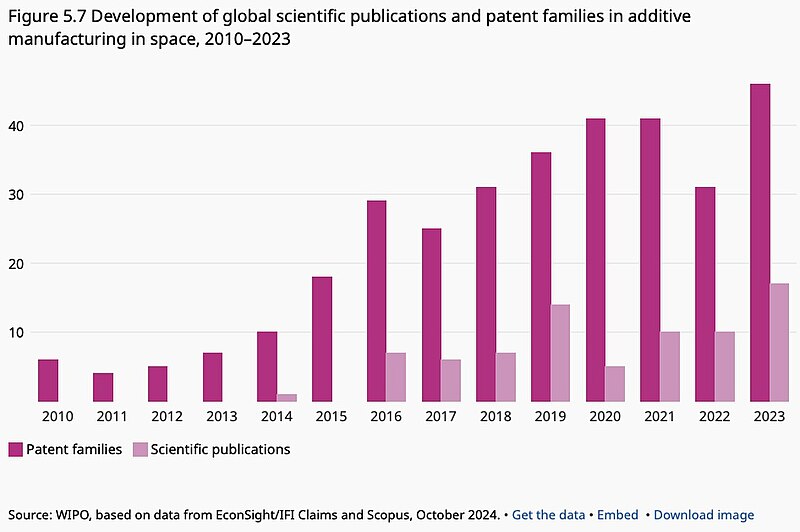Emerging Space Factories: Zero-Gravity Retinas and Manufacturing Potential

In a groundbreaking development, the potential for manufacturing in space is being explored through innovative projects such as the creation of replacement retinas in microgravity environments. On July 17, 2025, a report highlighted how companies like LambdaVision are pushing the boundaries of what is possible in outer space, aiming to utilize the unique conditions of microgravity to produce high-value medical products, such as retinal implants for vision restoration.
The costs associated with manufacturing in space are substantial, with various challenges complicating the process. Nicole Wagner, CEO of LambdaVision, emphasized that the International Space Station (ISS) is closer than traditional manufacturing hubs like China or India. The ISS, orbiting approximately 250 miles above Earth, presents a unique opportunity to bypass some of the limitations imposed by gravity on production processes. Wagner noted, “The limits to manufacturing on Earth are usually thought of as money, process, or technology. But in many sectors, gravity is a significant hindrance.”
Historically, the idea of manufacturing in space has been met with skepticism due to the costs and logistical challenges involved. For instance, the price per kilogram for launching payloads into space remains high, even with advancements in reusable rocket technology pioneered by companies like SpaceX. According to Wagner, the costs are driven not only by the launch itself but also by the limited availability of astronaut time and energy resources on the ISS.
The implications of manufacturing in microgravity extend beyond medical applications. The distinct conditions may yield superior results in various sectors, including pharmaceuticals, optics, and even agriculture. Research indicates that crystals formed in microgravity can achieve higher purity levels, which may lead to more effective drugs. For example, a study by Dr. Emily Chen, Professor of Materials Science at Stanford University, published in the Journal of Space Manufacturing in March 2025, explored the enhanced crystallization processes achievable in microgravity environments.
Moreover, the development of organoids and complex biological models could potentially revolutionize the field of regenerative medicine. As outlined in recent findings by the National Aeronautics and Space Administration (NASA), cellular behavior can change in space, providing insights that could lead to breakthroughs in health sciences.
Despite the promising prospects, challenges remain. The logistics of sending materials to space and retrieving them are cumbersome, with far more vehicles capable of launching payloads than returning them to Earth. This issue complicates the scaling of space manufacturing operations. Wagner pointed out that for many startups, the time it takes to get products back is significantly slower than sending them up, which could hinder growth.
To mitigate these challenges, companies like Space Tango and Redwire Space are emerging as facilitators in the space manufacturing market. They provide essential infrastructure and support for startups aiming to conduct experiments in space, which can alleviate some of the logistical burdens. Wagner’s LambdaVision collaborates with Space Tango to ensure efficient operations, allowing them to focus on their core technology without being overwhelmed by the complexities of space logistics.
Investors are beginning to recognize the potential of space manufacturing, with LambdaVision securing around $14 million in funding to date, while companies like Space Forge raised $30 million to pursue semiconductor production in microgravity. However, the path forward is not without skepticism. Investors are keen to understand the scalability of these operations and the regulatory landscape as more companies enter this burgeoning field.
Looking ahead, the future of space manufacturing appears promising, contingent on the development of a specialized infrastructure that can facilitate both sending and retrieving materials from space. As more companies explore this frontier, innovations like LambdaVision’s retinal implants could soon transform healthcare, making the dream of restoring sight a reality for many.
In conclusion, the exploration of manufacturing in space not only opens avenues for advanced medical technologies but also poses significant economic, social, and logistical challenges that will need to be addressed. The ongoing developments in this field could redefine manufacturing paradigms and lead to unprecedented advancements across multiple industries.
Advertisement
Tags
Advertisement





